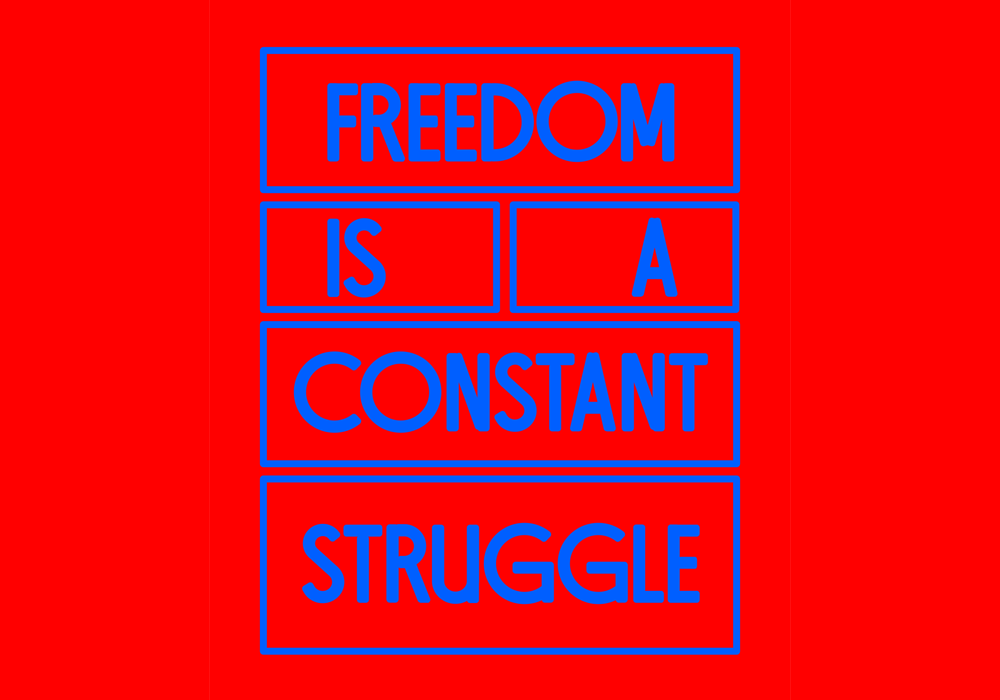
Freedom is a Constant Struggle
Do art forms like black radical poetry, free jazz and improvisation create a space for the performance of freedom? Did they ever? And can they still do so now?
What we wrote about it at the time: What is the link between radical Black art forms (Free Jazz, Improvisation, Poetry…) and the fugitive spaces that produced them (the AACM, the Black Arts Movement)? Taken together, are they an attempt to create an alternate sociality: an ensemblic, collective, non-individualistic performance of blackness? Is this the performance of freedom – as encounter, rupture, collision, and passionate response; as a necessarily political, necessarily aesthetic, necessarily erotic black social life? And how can we relate, artistically and socially to those art forms and politics today, here in Glasgow?
ReadDo art forms like black radical poetry, free jazz and improvisation create a space for the performance of freedom? Did they ever? And can they still do so now?
0.
“They say that freedom is a constant struggle, They say that freedom is a constant struggle, They say that freedom is a constant struggle, Oh lord, We’ve struggled so long, We must be free, We must be free.”
From Mississippi SNCC 1 member Sam Block’s song “Freedom is a Constant Struggle”
1.
“Is knowledge of freedom always knowledge of the experience of freedom even when that knowledge precedes experience?”
In his incredible book In The Break – The Aesthetics of the Black Radical Tradition, Fred Moten poses that question. But it’s really a statement: about a whole social, artistic performance and the construction of black identity or selfhood. He’s saying something like: for black people to be able to understand anything of freedom, they’ve had to create their own spaces in which to practice and perform it.
In these spaces, he suggests, an alternate sociality has been attempted: an ensemblic, collective, non-individualistic performance of blackness 2 as the performance of freedom; a necessarily political, necessarily aesthetic, necessarily erotic black social life.
2.
“Freedom is… a permanent struggle against what will otherwise be done to and for us…to generate futures together rather than navigate or survive them”. Wendy Brown
In Scenes of Subjection Saidiya Hartman explores black identity and the insidious forms of racial trauma 3 that make clear the tragic link between the experiences of slavery and modern Black American life; of the transition from subjection to subjection.
Because of this, she proposes that any space of freedom today, if it can exist at all, can only do so as a fugitive one. You are not free of an oppressive society if it’s still the arbiter and granter of your freedom; you are only free once it has crumbled. For now, any free space must be in flight from society: at large, temporary and mobile.
3.
“Progressive art can assist people to learn not only about the objective forces at work in the society in which they live, but also about the intensely social character of their interior lives. Ultimately, it can propel people toward social emancipation.” Angela Davis
What is the relationship between such fugitive spaces and the improvisations of freedom they support? Could you call those improvisations allegorical? 4 Do they point to a community’s politics? By creating a space so as to perform an idea of freedom do they bear witness to a desire for freedom in the absence of its experience, as a way of learning something of it?
Fred talks of this performance (of blackness, of freedom) as an ongoing performance of encounter: of rupture, collision, passionate response. Doesn’t that sound like a description of the free jazz and inner city education programs of the AACM in Chicago or the loft jazz scene in 70’s New York? Isn’t it a way to understand the link between the politics and the poetics of the Black Arts Movement in Harlem?
4.
“New Black Music is this: Find the self, then kill it.” Amiri Baraka
What does it mean to think about the languages, gestures and aesthetics of the black radical tradition here in Glasgow; are its concerns similar to our own? Or if not: how do they differ?
At a time when libertarians and conservatives seem to have reduced any idea of freedom to little more than the consumers freedom to choose, wouldn’t it be more helpful to think instead of a freedom from certain things: from poverty or oppression, from choice or the free market?
Does that necessarily imply freedom as collective action rather than a freedom of the individual will? Could this be a link between our situation and the black radical aesthetic? One in which freedom is improvised and performed as a social process: constantly in flux, remaining fugitive and in flight.
“A great people doesn’t need great leaders” Ella Baker
Episode 4: Freedom is a Constant Struggle is our attempt to think about that through performances and discussions with of some of the great American jazz artists and writers, critics and poets, their European counterparts, and with people in Glasgow who might have something to say in return.
We’d like to dedicate Episode 4 to our friend, Jazz musician and co-founder of the New York City Artists’ Collective, Tom Bruno (1932-2012).
The Episode was reviewed in The List by Stewart Smith; In The Skinny by Jean-Xavier Boucherat and Bram E. Gieben and by Sacha Kahir in Mute.
- The Student Nonviolent Coordinating Committee (SNCC) (pron.:/’snIk/) was a key contributor to the American Civil Rights Movement. Emerging from a series of student meetings led by Ella Baker at Shaw University in April 1960, it established Freedom Schools and organised large-scale voter registration drives, notably the Mississippi Fredom Summer.
- Of blackness having way more to do with this idea of performance than say, skin colour.
- i.e. Trauma that’s ‘insidious’ because it’s everyday and structural, systemic, ongoing and un-spoken. In this case: the ‘granting’ of humanity, enjoyment, protection or rights, legal or economic constraints and the daily rituals of terror; both pre and post-emancipation.
- Allegory in the way that Vanessa Place understands it: as a pointing to, but not a talking about an idea. It’s a decision, but not a representation.
Programme Events
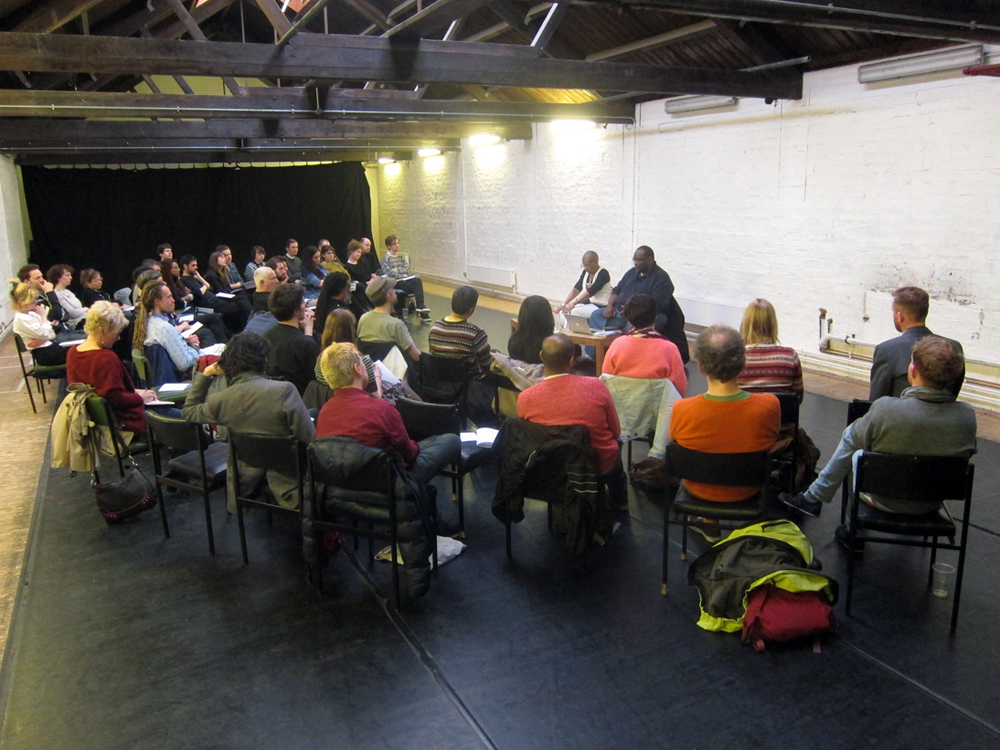
A story that cannot be told, yet must be told. Zong! and its context
Fred Moten M. NourbeSe Philip
A conversation between Philip and Moten: how do we read NourbeSe’s anti-narrative poetic lament in Glasgow today, given the city’s role in the history of slavery?
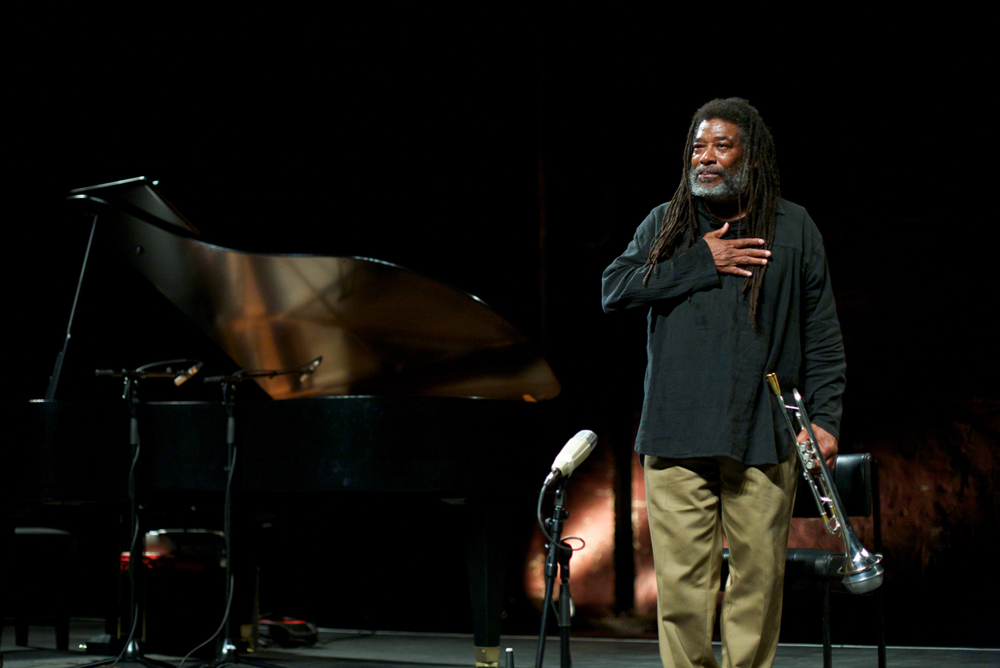
Wadada Leo Smith
Wadada Leo Smith
A performance bearing witness to a struggle built upon patience and collective action from the great multi-instrumentalist and member of the AACM.
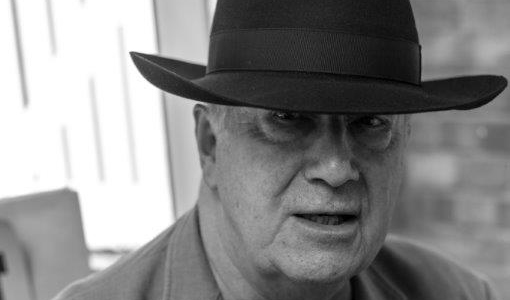
John Tilbury
John Tilbury
What does it mean to listen with the mind as well as the ears? A solo performance from the great avant-garde pianist.
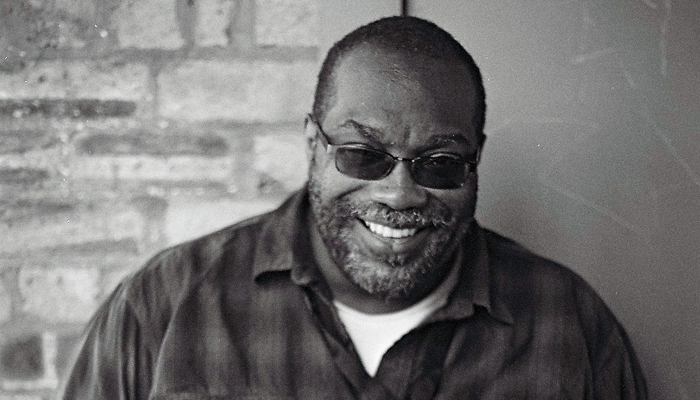
Fred Moten – Reading
Fred Moten
African American history, avant-garde jazz riffs and activism intertwine in experimental verse of extraordinary and affecting beauty that has to be heard.
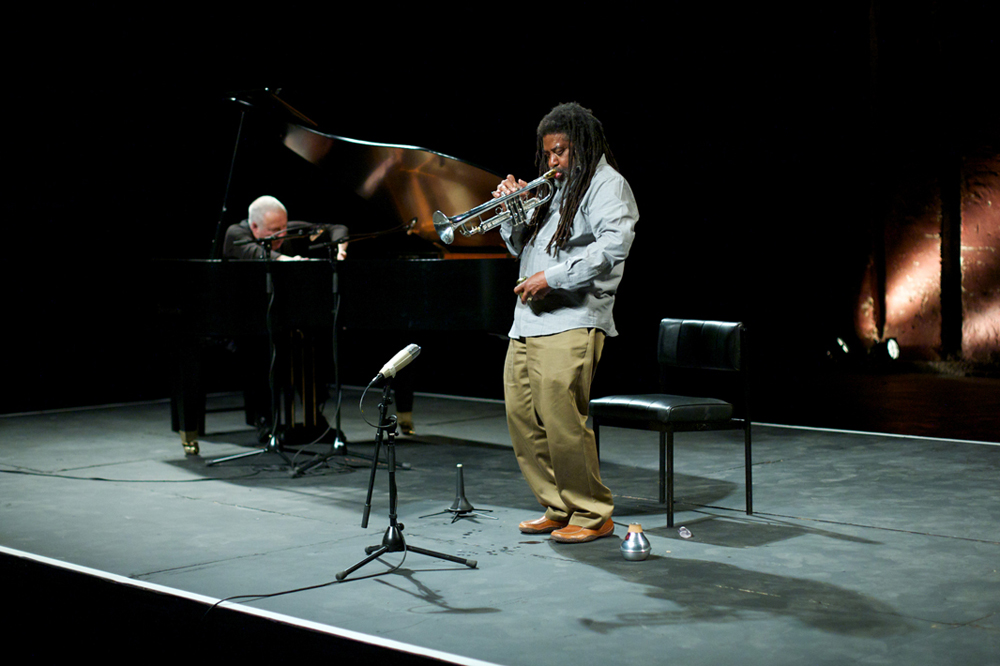
Wadada Leo Smith & John Tilbury
John Tilbury Wadada Leo Smith
How might two of the great musicians working within contrasting traditions of freedom collaborate? What might this produce: musically, socially, allegorically?
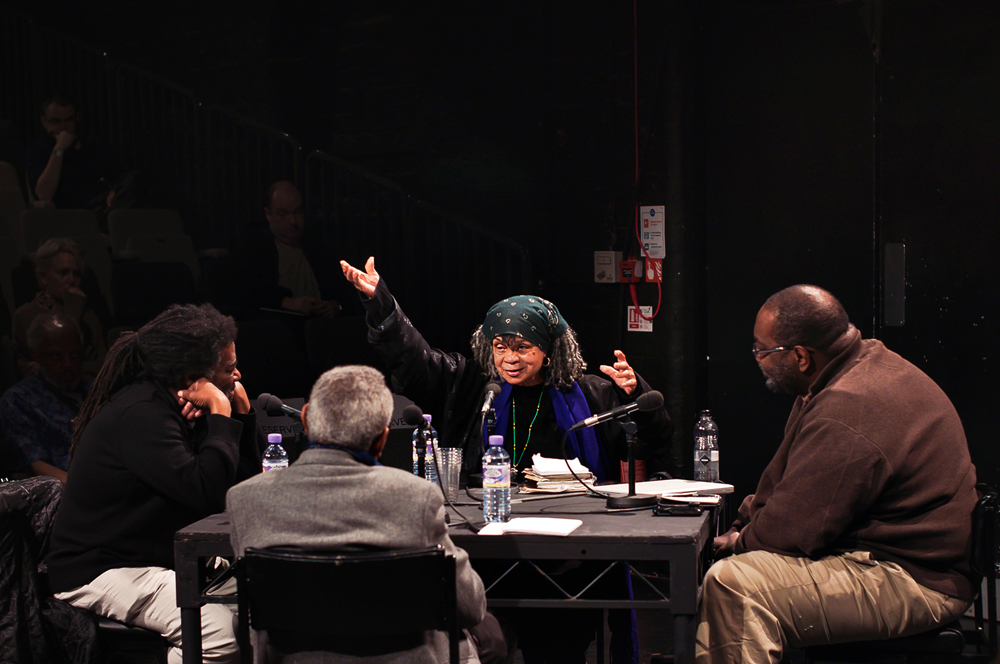
The Experiment: Pt. 1
Amiri Baraka Fred Moten Wadada Leo Smith Sonia Sanchez
What happens when you are engaged in a deep and extended artistic practice that intersects between literature and music, notation and improvisation, sight and sound?
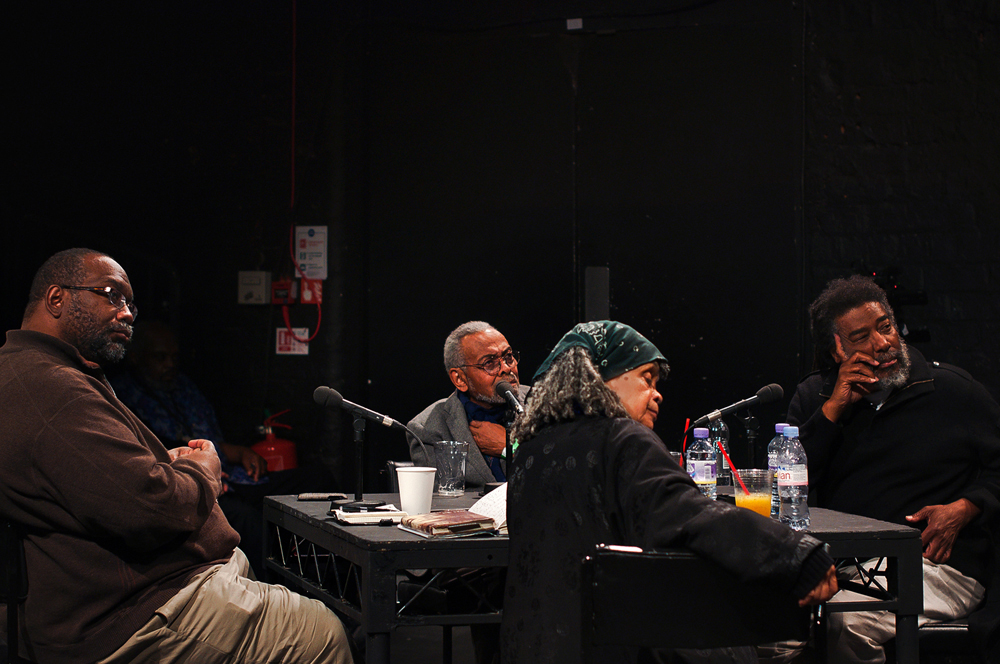
The Experiment: Pt. 2
Amiri Baraka Fred Moten Sonia Sanchez Wadada Leo Smith
How does this practice, that simultaneously resists and honours the distinctions between these genres, materials and senses, determine the inhabitation of another: a convergence of aesthetic and social experimentation?
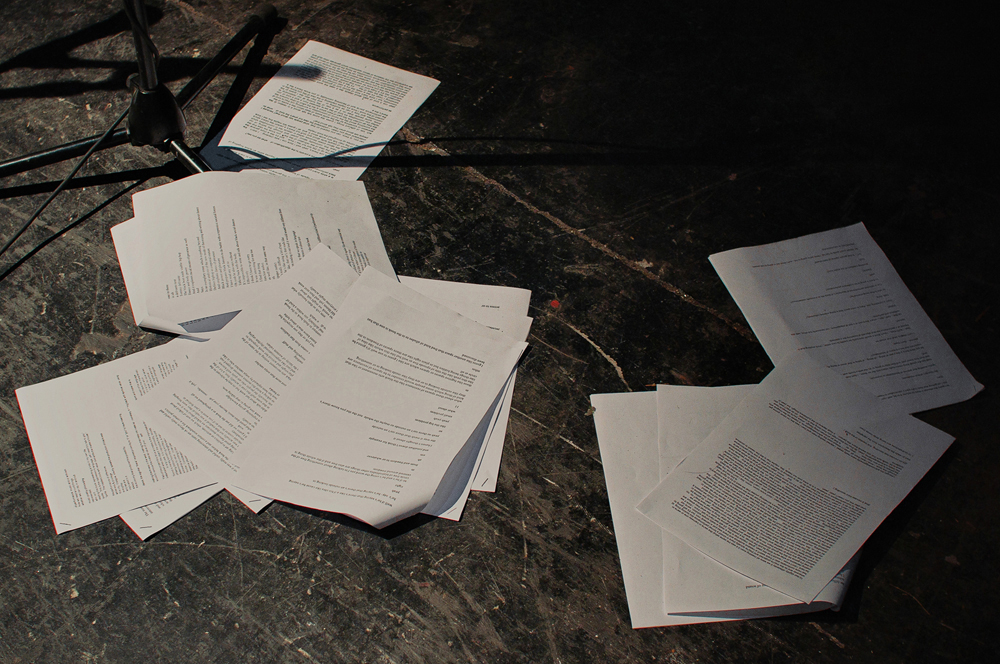
No Total
What kind of listening and acknowledging do we offer each other? What is it to listen to an ‘elsewhere’, and do we ever do anything else when we listen to music?
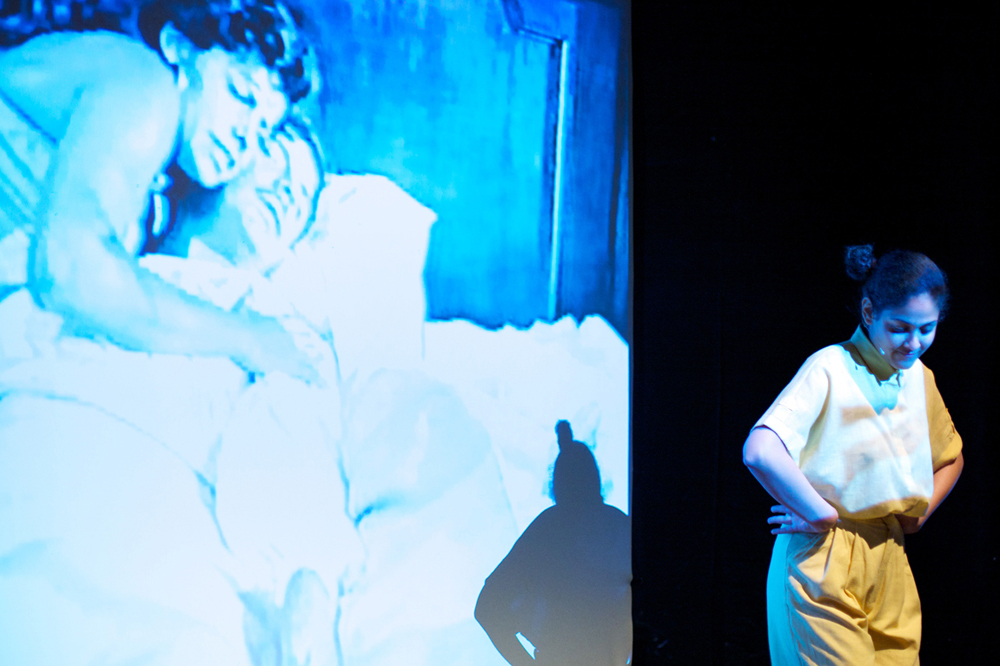
Ni ‘mamita’ Ni ‘mulatita’
Teresa María Díaz Nerio
A performed film lecture exploring how the ‘Rumberas’ of Caribbean cinema of the 40’s and 50’s subverted demeaning images of themselves through dance, sound and a sociality that insisted on blackness as being a cultural performance, not simply due to skin colour.
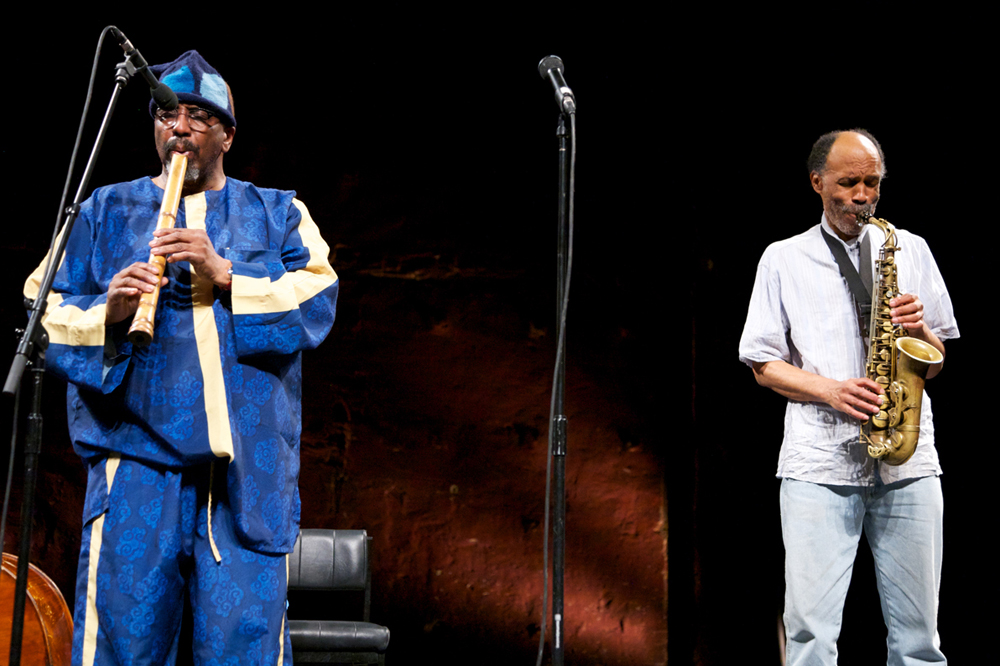
Daniel Carter & William Parker
Daniel Carter William Parker
What might Carter and Parker’s collaboration tell us about our own performances of responsibility and liberty, whether individual, social or musical?
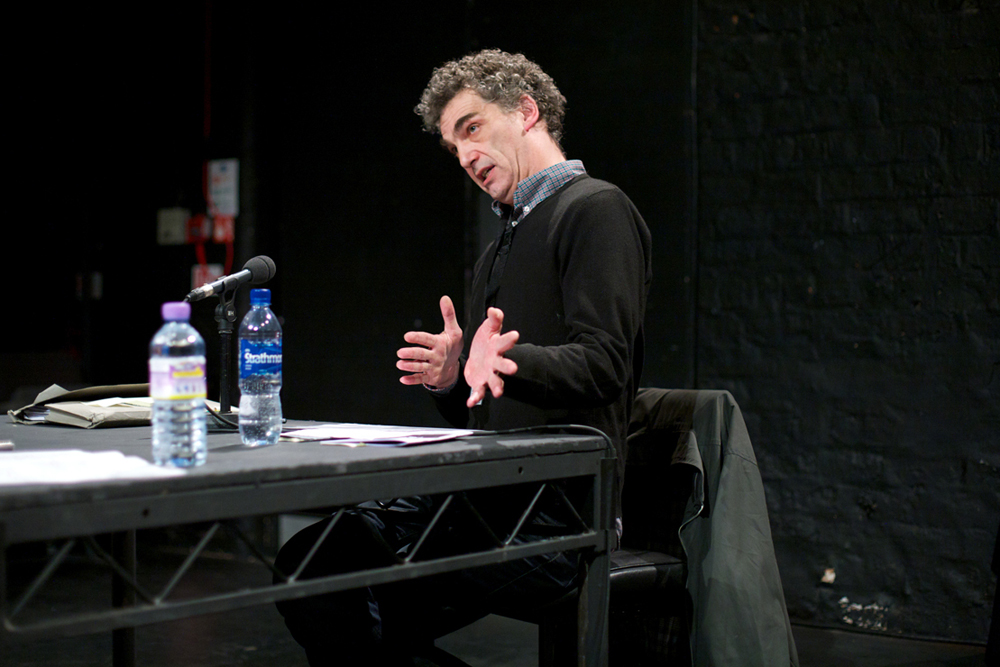
Listener as Operator
Howard Slater
Our favourite Lancashire-born autodictact asks what’s political about the tension between the individual and the collective in free jazz.
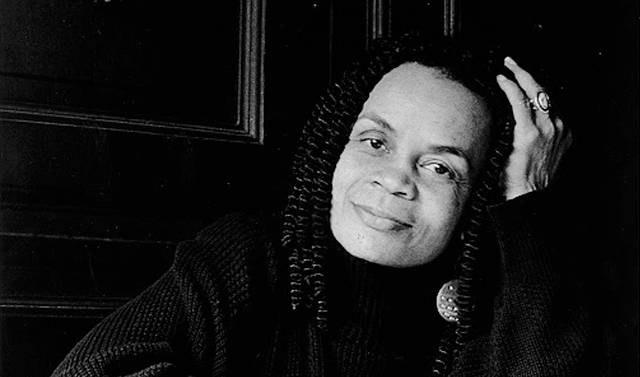
Sonia Sanchez
Sonia Sanchez
A poet, playwright and activist, Sanchez emerged as a seminal figure in the 1960s Black Arts Movement, writing in the name of black culture, civil rights and women’s liberation.
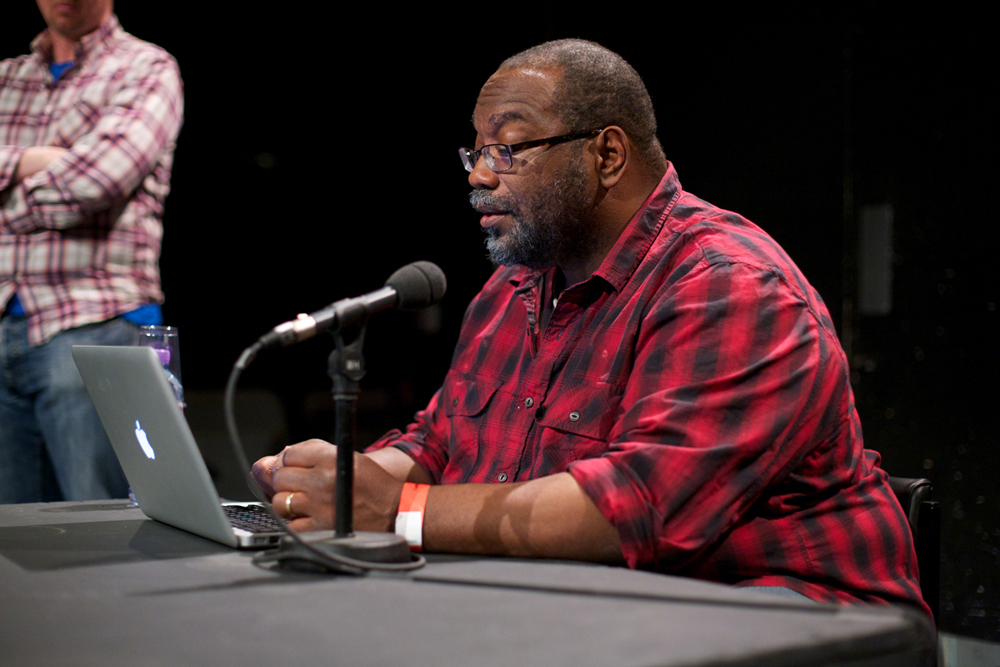
Fred Moten – Chat
Fred Moten
In many ways, this Episode is our attempt to engage with Fred’s incredible writing: with his proposal that all black performance (culture, politics, sexuality, identity, and blackness itself) is improvisation.
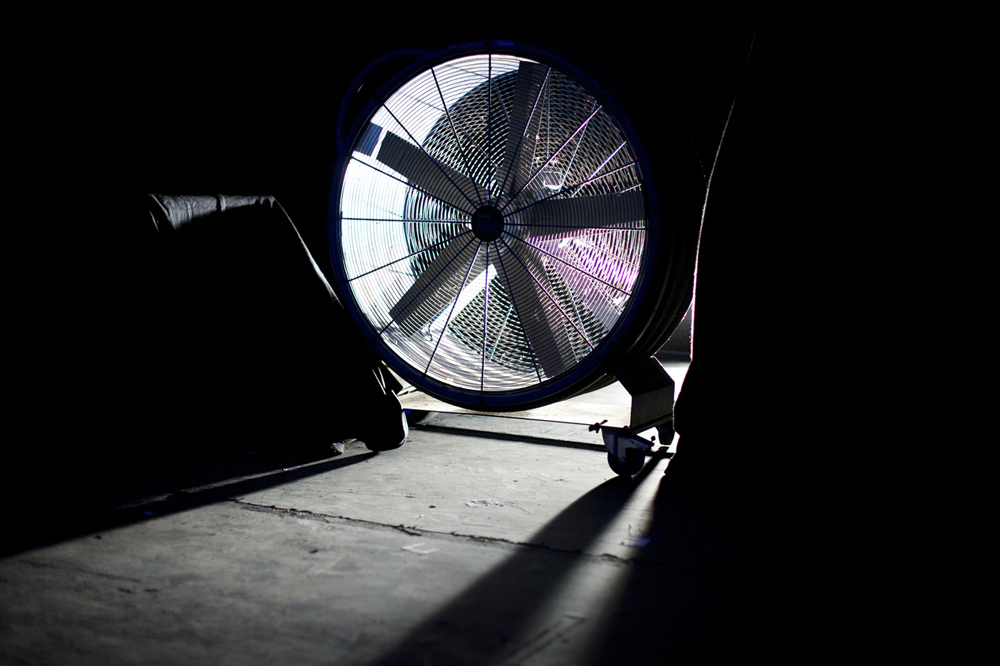
Unfree Improvisation / Compulsive Freedom
Mattin Ray Brassier
How do you know what you want? Should freedom be doing what you ought, not doing what you want? How might a philosopher and artist turn this thinking into an enabling condition in the context of noise and improvisation?
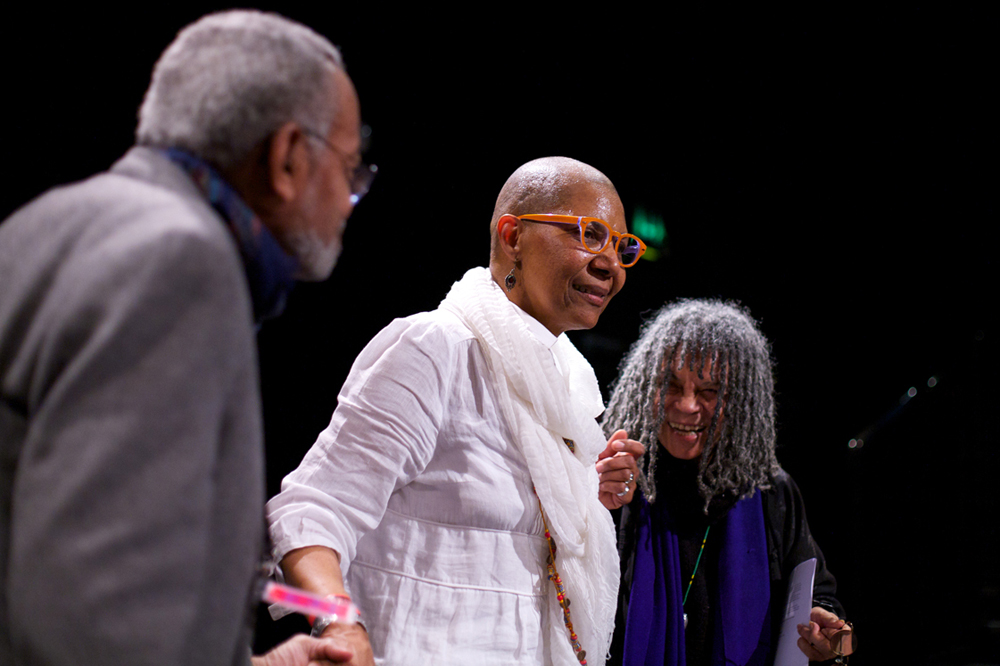
Zong!
M. NourbeSe Philip
Can a collective performance of NourbeSe’s poem of black life as it exceeds containment enact alternative forms of selfhood that emerge in and out of African diasporic experience?
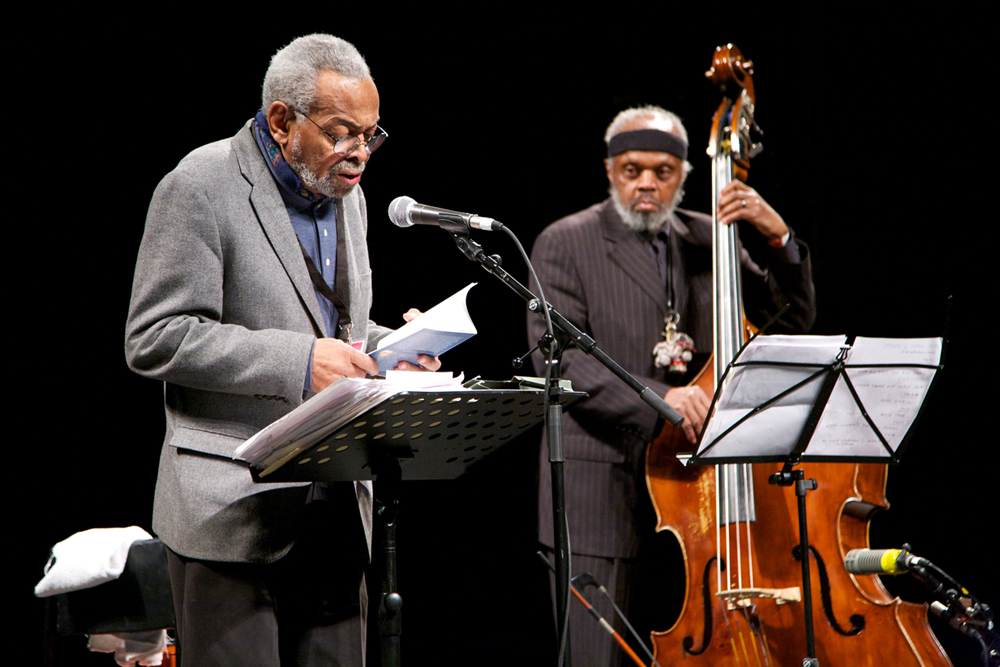
WordMusic
Amiri Baraka Henry Grimes
A dialogical meeting of Baraka’s radical poetry and Grimes’ free jazz syncopation.